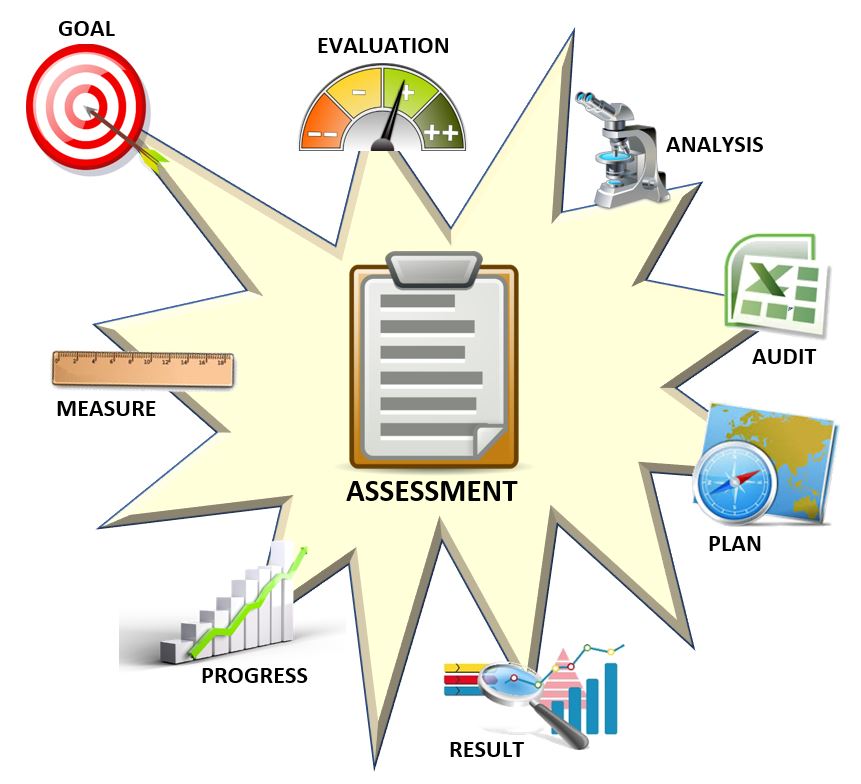10.2 Importance of Feedback

Feedback within teaching and learning is perhaps the most important tool for assessment. Feedback is constructive communication for the benefit of both the student and educator. Wiggins offers that feedback, more than teaching, is a greater tool for achieving learning outcomes[3]. However, it may be more prudent to combine both of these to ensure that the methodology makes room for effective feedback. This presents a motivating reason for feedback because it benefits learning outcomes.
Feedback has many components. Some of them correlate with many of the different pedagogical and learning styles discussed in previous chapters. Here are some of the components:
- Recurring: Scheduled as needed: weekly, monthly, etc.
- Tied to Performance: Acknowledging the inherent strengths of the individual
- Easy to Understand: Less academic, more of a conversation
- Based on Data: Empirical, to ensure clarity of performance
- Based on Behaviour: Account for the individual and her/his attitudes toward the assessment
- Based on a Plan: Clear and concise points for the educator and the student
A more systematic way of looking at feedback is by breaking the process down into different parts. Fontana, Milligan, Littlejohn, and Margaryan outline self-regulated learning as a form of feedback information through three phases: forethought, performance, and self-reflection, with attached sub-components, such as goal-setting, critical thinking, and self-evaluation[4]. This allows the educator to guide the feedback process in the most beneficial way. In this way, they work together on goals and objectives.
In a modern classroom, the feedback has changed due to differing ideals and the advancement of technology. However, the communication aspect and the climate of expanding knowledge are still at the forefront. The importance of feedback today is to adjust to the changing needs of the modern student. Molloy, Boud, and Henderson suggest that feedback is important for achieving learning outcomes. it is done through an active, reciprocal process, and is guided by improvement[5]. Feedback should be an important element of the pedagogical paradigm, especially in a modern classroom setting. The collaborative characteristics of feedback provide students with clear and concise objectives about how they can enhance their learning.
The Feedback Strategy Cycle
It is important to understand the goals and motivations of education and students when it comes to learning feedback. The educator’s goal is that the content is being dispersed in an effective manner. The goal of the student is to ensure that the content is being retained. Feedback does not have to be a daunting endeavour. Ambrose et al. describe feedback as working smarter through a principle of goal-directed practice, coupled with targeted feedback. They continue this principle through a feedback strategy cycle[6].

What this describes is that feedback must be focused and oriented towards objectives. For example, an educator must be clear and concise with the learning objectives for the course. This provides goals that the student strives to meet. Feedback from the instructor helps to achieve those learning outcomes.

